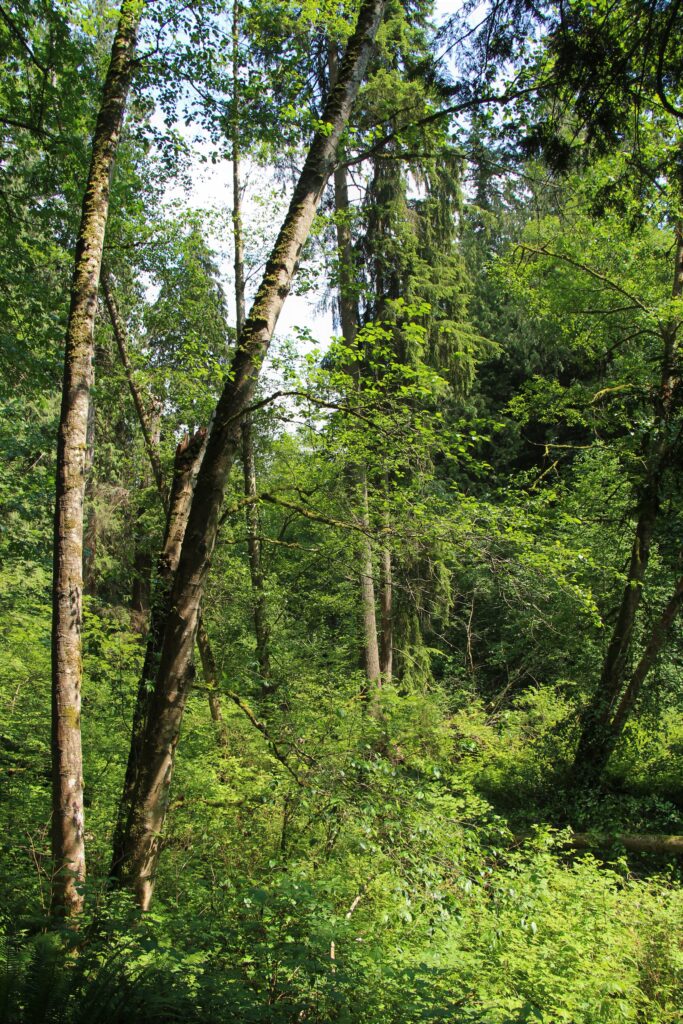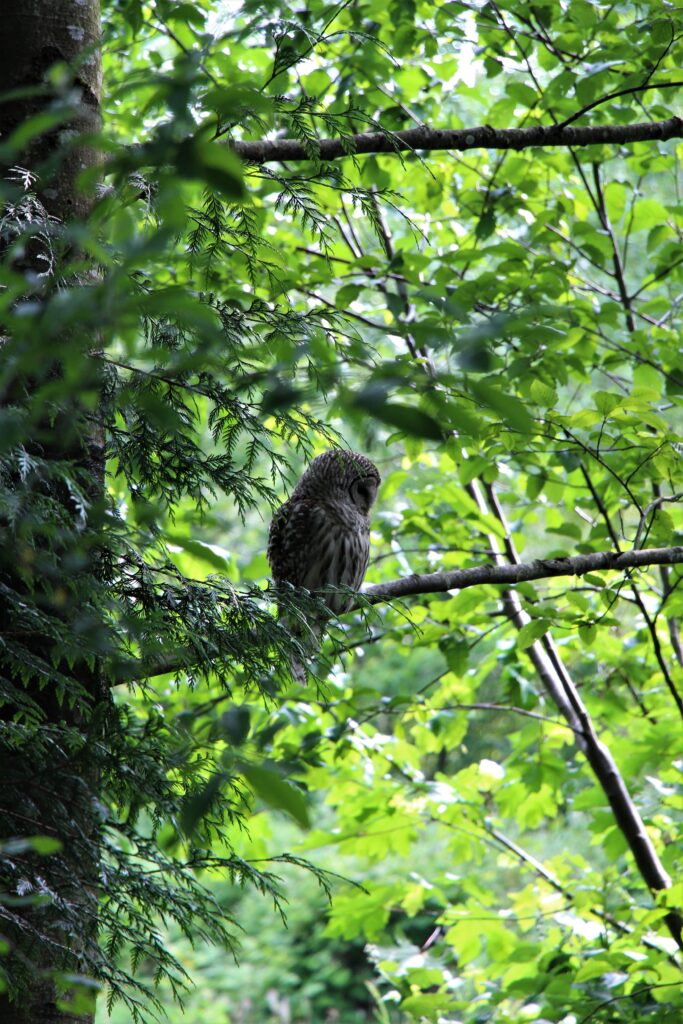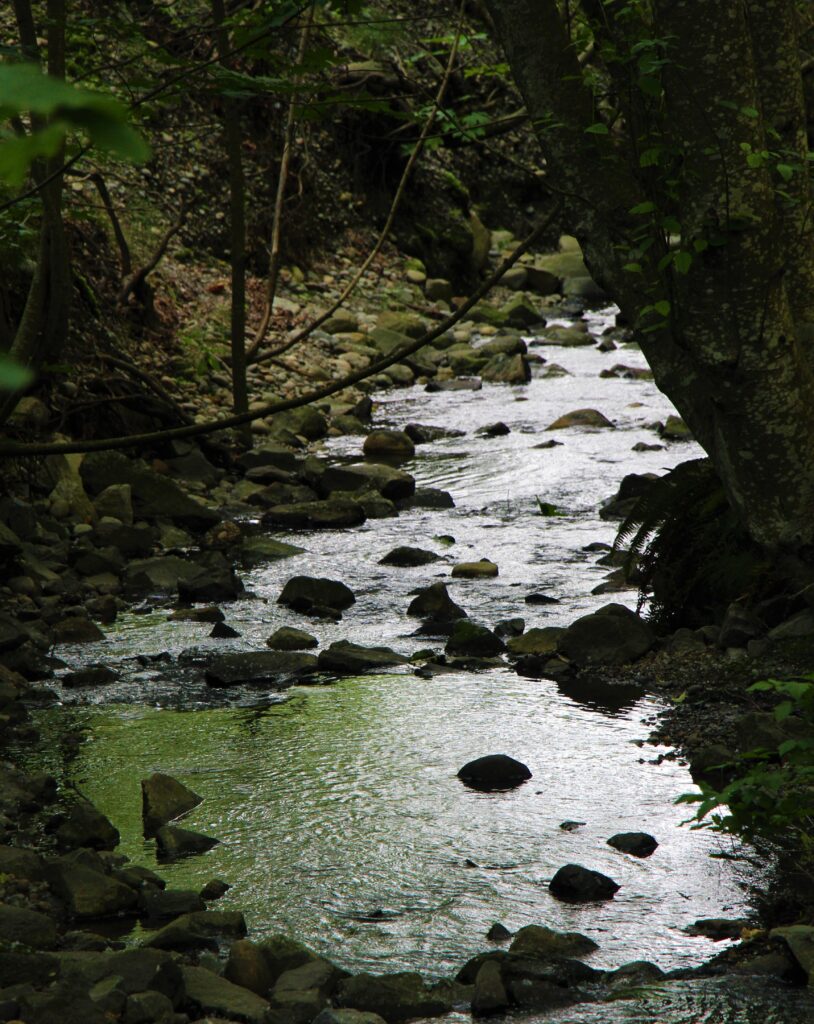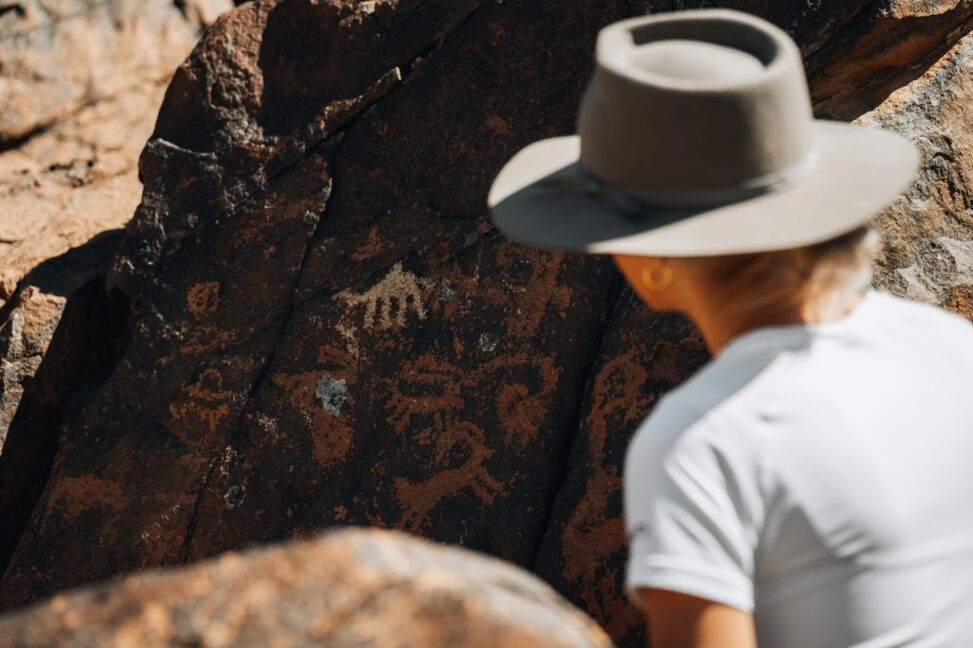by Ahanya Tonse
“We are surrounded by places. We walk over and through them. We live in places, relate to others in them, die in them. Nothing we do is unplaced. How could it be otherwise? How could we fail to recognize this primal fact?”
Edward S. Casey
Welcome back to the KPU Wild Spaces blog. This is where you will learn about place-based education (PBE) and the importance of taking learning outdoors. First time readers can check out our first blog.
One can experience history first hand by embracing PBE. It connects what we learn in class with local history and site visits. In this blog we discuss why learning history is important and how to apply PBE. We also explore how visiting historical sites and studying local history can make history more fun, enjoyable and relatable for students as well as instructors.
“Teaching through place-based instruction empowers students to analyze local history and culture through multiple viewpoints. Learning community histories and traditions engages students in their ancestral practices” (Visintainer et al.).
Outdoor education places us in the living, breathing world. Studying local history can help take us back in time, how people lived there, what happened in various places like historic events, tragedies and celebrations. Taking walks in historical places shifts us from textbook learning and allows students and instructors to connect with the place on a personal level. This personal connection embarks a sense of curiosity in students and engagement in local history.
The history of Indigenous Peoples is rich and diverse in Canada. “With colonization and white settlement, traditional Indigenous ways of life were forever altered. Colonial practices and policies, such as the Indian Act, pass system, reserves and residential schools, sought to control and assimilate Indigenous peoples. These have had historic and ongoing impacts on generations of Indigenous peoples” (Parrott, 2007). In depth study of Indigenous history can be done through land-based education. A combination of PBE and land-based education gives instructors a chance to teach Indigenous ways of knowing outdoors. Learning about Indigenous backgrounds by visiting places and interacting with Indigenous Peoples through consultations and other collaborations opens a road to broader perspectives and gives students an opportunity to experience and connect with people personally. Learning Indigenous history through PBE emphasizes the importance of local sites, environment, and Indigenous perspective to their ancestry and current practices. Students appreciate physically being there and learning the history of their ancestral land and local communities.
“It can offer significant benefits to Indigenous People by providing culturally relevant education, promoting opportunities for inter-generational knowledge transfer, and creating safe spaces for healing and learning. And by changing the relationship that many non-Indigenous people have with the land, it has the potential to lead to a healthier Earth for all” (UNESCO, 2021).
Learning in nature has its own benefits. To connect with the broader concept of the Indigenous community it can be helpful to visit Indigenous sites and museums. Visiting historical places is not the only way of forming a connection between students and history. For example, visiting local museums where students can explore historic artifacts, documents and photographs. These tangible items give history a present life to connect with people in modern life. Not only visiting the museums but walking with intention on Indigenous land with an Indigenous knowledge keeper can give us a broader understanding of the site. Listening and learning about the land from an Indigenous point of view can cultivate respect, responsibility and acts of reciprocity.
At KPU, students from all over the world get to interact with each other and share their backgrounds. It is intriguing to learn how history all over the world is different yet resonates with many parallels. For example, the fight for independence in various countries is similar to each other like India’s fight for independence and the American Revolution. The similar ground of both these historical events was to get their land back and discard colonial rule. Talking and interacting with people from the local communities help students learn more about the place. PBE is not just about going outside but it is about meaningful interaction with culture, history and nature. When students are taken out of the classroom setting it opens the door for direct engagement and creates a sense of curiosity. Curiosity of knowing, learning and sharing.
References
Land as teacher: Understanding indigenous land-based education. Canadian Commission for UNESCO. (n.d.). https://en.ccunesco.ca/idealab/indigenous-land-based-education
Parrott, Z. (2007) Indigenous Peoples in Canada. The Canadian Encyclopedia. https://www.thecanadianencyclopedia.ca/en/article/aboriginal-people
Visintainer, S.D., Anckle, S., Weischedel, K. Whose history?: Expanding place-based initiatives through open collaboration. Open Pedagogy Approaches. https://milnepublishing.geneseo.edu/openpedagogyapproaches/chapter/whose-history-expanding-place-based-initiatives-through-open-collaboration/#:~:text=Teaching%20through%20place%2Dbased%20instruction,students%20in%20their%20ancestral%20practices






Leave a Reply